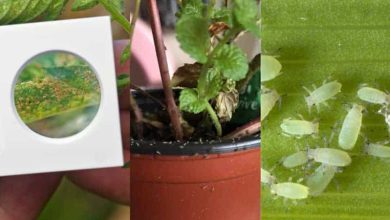How often and how to water my ferns?
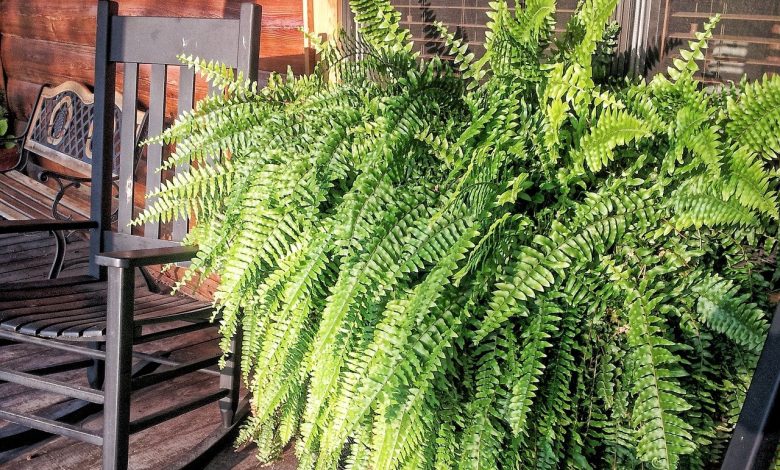
 Ferns are very beautiful decorative plants to have indoors and require little care.
Ferns are very beautiful decorative plants to have indoors and require little care.
Watering ferns is one of the tasks that you have to consider with greater effort because they really like humidity, both from the substrate and from the environment.
Following the correct procedure will help your specimens to be in optimal conditions and only bring you joy. And how can you achieve this result? Easier than you think, just follow the recommendations that we will give you below.
Important points when watering ferns:
- Irrigation frequency: daily during the hottest days and once or twice a week in the cold season.
- Irrigation method: with a watering can and adding a plate under the pot for humidity.
- Optimum time of day for watering: early in the morning.
- Identify excess water: young leaves that rot and plants that weaken in general, and may even die.
- Identify lack of water: leaves that turn yellow or have brown spots and fall off the plant.
What watering needs do ferns have?
Ferns are naturally from environments full of humidity, so it is one of the conditions that must be replicated in the environment where they are. To achieve this, irrigation must be frequent and the ambient humidity appropriate, always based on a substrate with good drainage.
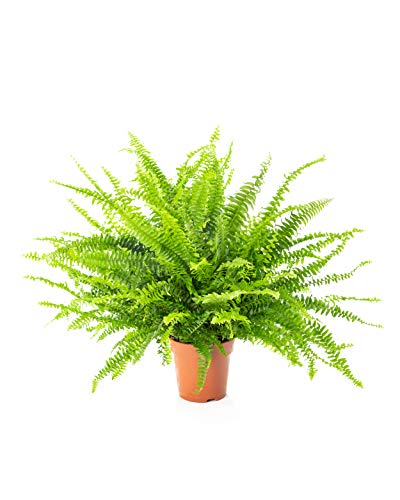
It will even be necessary to use sprays on the leaves on very hot days to give it greater comfort.
How can we detect lack of irrigation in ferns?
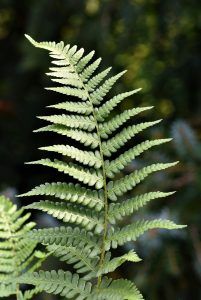 When a fern doesn’t get enough moisture, the biggest impact will be on the leaves, which will begin to lose their characteristic green color.
When a fern doesn’t get enough moisture, the biggest impact will be on the leaves, which will begin to lose their characteristic green color.
In some cases, the leaves will turn yellow, while in other cases brown spots will be unavoidable.
However, in both cases the most worrying thing is that they end up falling, either they remain attached to the plant but without force or there is defoliation.
The solution here is simple, you will only have to apply more frequent irrigations or increase the amount of water a little if it is not being enough.
How often should we water the ferns?
Ferns should be watered daily on hot days of the year to keep the substrate properly moistened.It is very important that the land where they are planted never dries out because it will cause suffering to the structure.
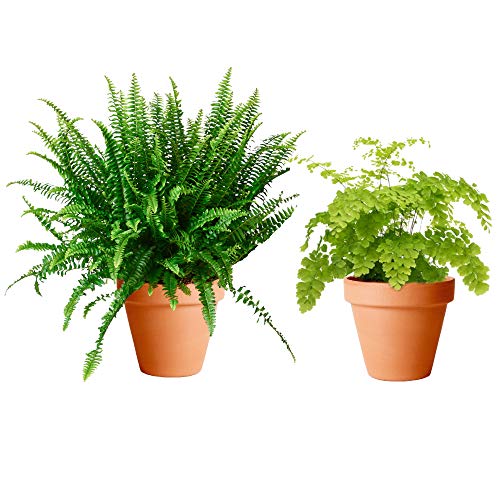
The idea is to apply very frequent irrigations, even twice a day if the temperature is very high, but with modest amounts of water.On winter days, this need for watering will decrease to once or twice a week, depending on the particular conditions.
What is the best way to water ferns?
Fern irrigation can be applied with a watering can as it will provide an appropriate amount of water.Here it is important not to flood, but to provide a fair amount of liquid that helps keep the substrate well moistened at all times.
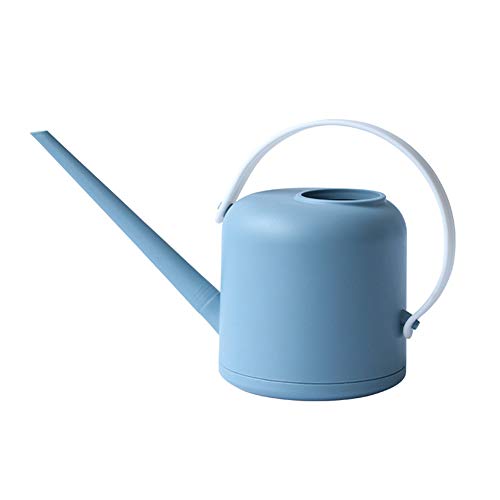
In addition, it is necessary to maintain the environment with a good level of humidity and, for this, placing a plate with water under the pot is the most appropriate.
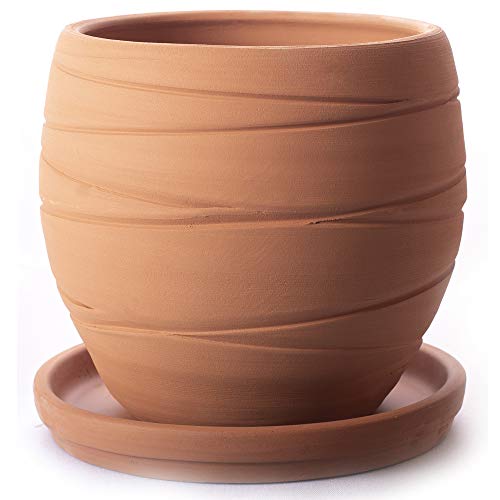
Make sure there is a partition between the bottom of the pot and the water so the roots don’t drown in excess liquid. A good way to achieve this goal is by placing some pebbles that achieve the separation that is needed.
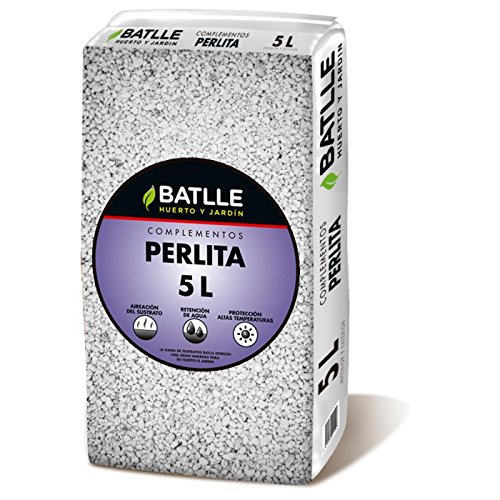
Remember to change this water often to prevent microorganisms from developing that affect the health of the fern. Another important point is the spraying of the leaves, which will give a higher level of humidity that the fern will appreciate.
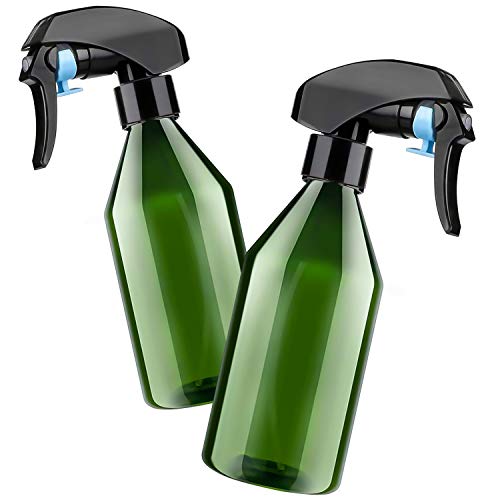
You will only have to perform this task in very dry environments throughout the year or when temperatures are very high. The idea is that with a sprayer you administer a minimum amount to the leaves, taking care that it is not hitting direct sun to avoid burns.
How do we detect excess water in ferns?
When the amount of water is being much higher than what the ferns are capable of supporting, the plant will emit an alarm in its youngest leaves. These will have a tendency to rot, so the appearance of the fern will be compromised and its health as well.
You should check if the amount of water is being excessive, although it is also likely due to a poorly draining substrate. In any of the cases, you will have to act quickly because if it remains for a long time like this, the plant could die.

The most favorable water for watering ferns is rainwater at room temperature.If you do not have it available, try to make it at least a water free of impurities and low in lime. With all these precautions regarding irrigation, your ferns will look fresh and radiant all the time.
Bibliographic references
- Effect of Irrigation Sheets and Substrate Types on the Growth of Leather Fern [Rumohra adiantiformis (Forst.) Ching] in Cabudare, Venezuela, D Rodriguez, R Pire, N Maciel… – Proc. Interamer. Soco…, 1997 – researchgate.net
- TECHNIQUES FOR THE CULTIVATION OF FERNS FROM THEIR SPORES, J JOSE – botanicaargentina.org.ar
- [ Rapid method for the propagation of ornamental ferns, A Barros, C Salinero, P Vela, MJ Sainz – Actas Hortic, 2008 – researchgate.net
- ECOPHYSIOLOGY OF CLOUD FOREST FERNS, O Briones, K Riaño – researchgate.net
- Cultivation of leather fern, CAM Gabriela, G Azocar – Bulletin INIA-Research Institute …, 2012 – library.inia.cl


![Photo of Stipa Tenacissima or Esparto grass: [Planting, Care, Irrigation, Substrate]](https://www.complete-gardening.com/wp-content/uploads/2022/08/stipa-tenacissima-or-esparto-grass-planting-care-irrigation-substrate-390x220.jpg)

